20 Jan 2020
Interview
TIMO TUHKANEN: ONLINE GAMES AND THE HISTORY OF STRIKING AS PART OF EVERYDAY FORMS OF RESISTANCE
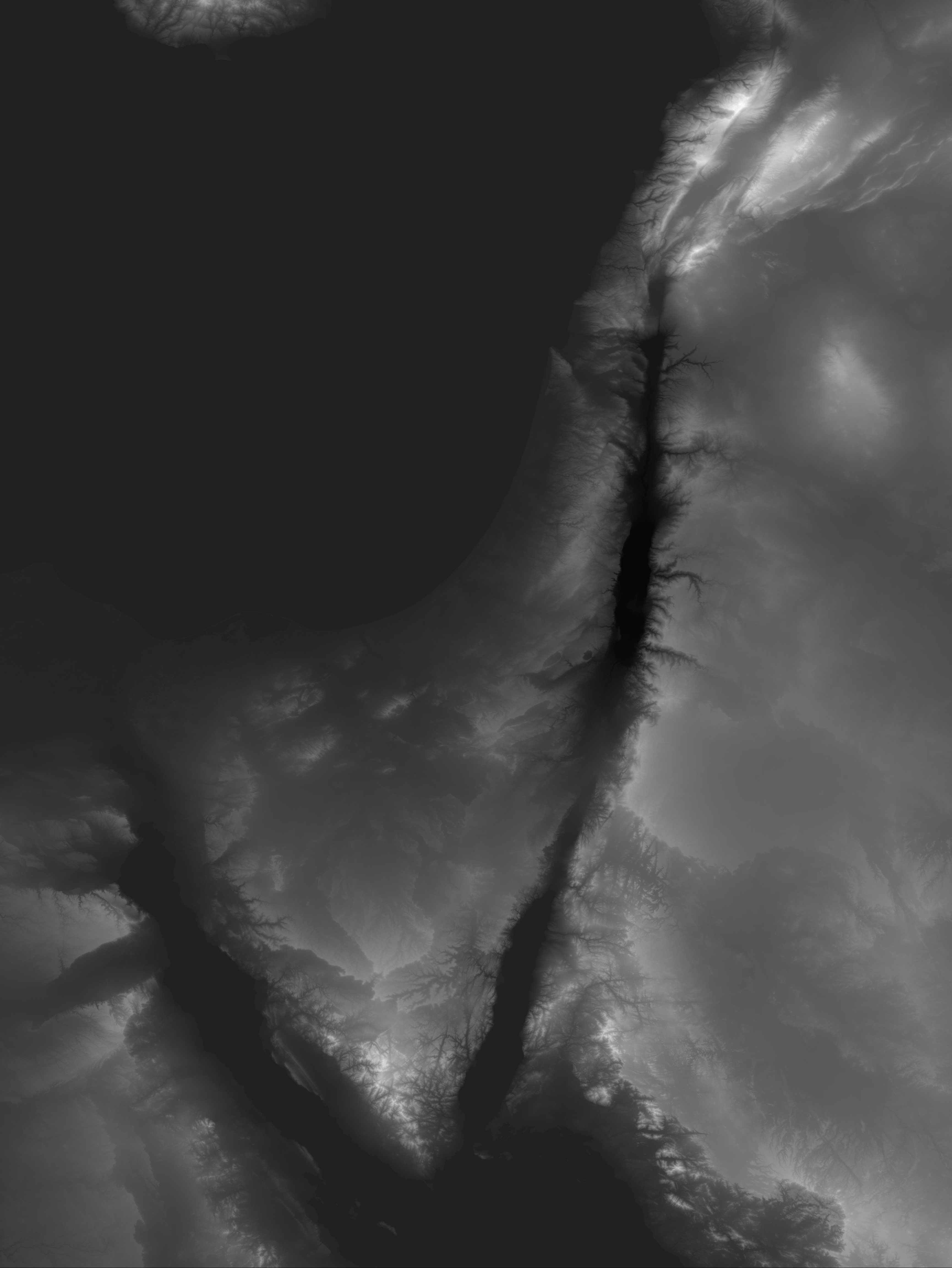
Aerial image created from data mined from Google Earth Engine.
Composer and artist Timo Tuhkanen, Ph.D.,is one of the selected participants of the Everyday Forms of Resistance project. The polymorphic project is organised by the Ujazdowski Castle Centre for Contemporary Art (Warsaw), the city of Ramallah, and HIAP – Helsinki International Artist Programme. The collaboration, which has taken place over several years, will result in a collaborative exhibition in April 2020. The project has been focusing on those aspects of resistance which make up the everyday reality of those people living in or near conflict zones:
In Palestine, “resistance” (مقاومة) is a word with military connotations. Resistance, however, also means small gestures and rituals: preparing meals, cultivating plants, playing host to guests or rebuilding torn-down houses. It means keeping-on existing within the everyday reality.
Growing Up Near the Conflict Zone
Everyday Forms of Resistance was initiated with an open call inviting artists to take part. Timo immediately felt the project was right for them, as their interest in Palestine dates back to their childhood. The child of Christian missionaries, Timo, was five years old when the family moved to Beyt Jala near Bethlehem in 1987, right before the first Palestinian Intifada. During the second Intifada in 2000, the family lived in Jerusalem. Timo remembers it well and it became a transformational experience, especially as it embodied how the experience of the conflict mixed in with the everyday. Timo has studied music since childhood. They have lived and studied in cities including Jerusalem, Tampere, Courchevel 1280, London and Leeds. Timo is now based in Helsinki.
A result of a childhood spent in Palestine, Timo always feels the need to test their art near the conflict zone; if a project doesn’t work in Palestine, it is not good anywhere. The conceptual, highly political and action-driven work is well suitedto a place where peace does not seem to be in the cards. Art cannot resolve the situation, but it can create social connections between people. Timo finds themselves being attracted to conflict. As a child, they believed that the only way to resolve the situation in Palestine would be a military intervention that would remove all weapons from both sides. As an adult, they are still a pacifist, but they no longer believe in any outside force wanting to fix things.
Timo describes their art practice as strongly conceptual. Only the ideas and the materials immediately at hand matter. During the residency they collected objects from the studio provided by Ramallah Municipality and creatively combined them as best to describe the ideas in a process, action and object-based research. This way of working is a direct result of living in Palestine, where there is significant inequality between classes, materials and money are not distributed evenly and, thus, ideas have to be realised with the materials that can be accessed.
Ramallah Residency
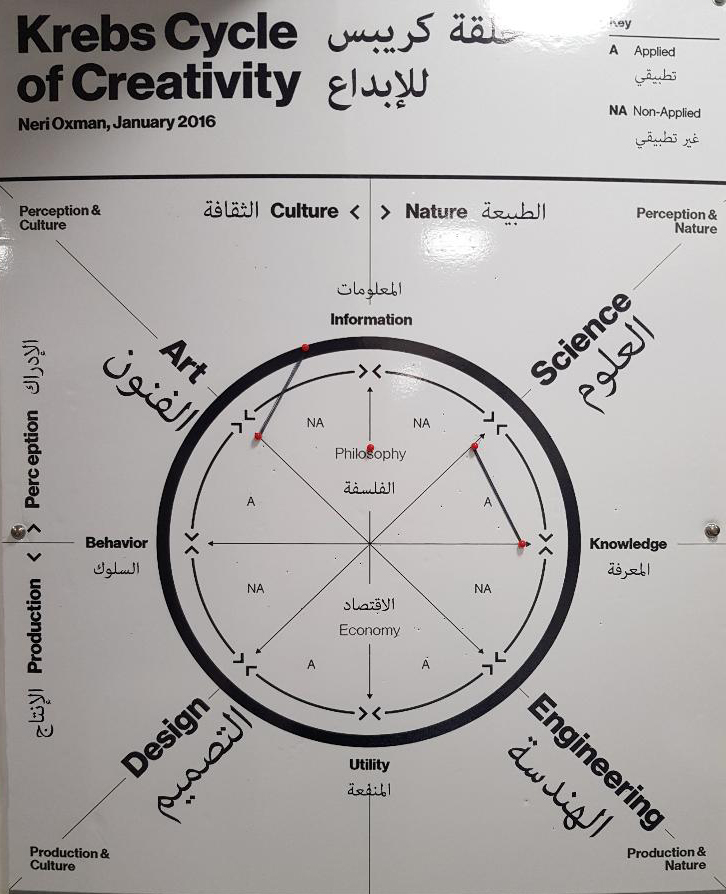
Image of Krebs Cycle of Creativity taken in Ramallah.
As a part of Everyday Forms of Resistence, Timo spent three months in the Palestinian city of Ramallah between April and June 2019. The residency period was a pleasant and prolific period for Timo, during which they made many friends, including but not limited to the other two resident artists. During the time, there were some disturbances caused by the Israeli legislative election and an escalating conflict towards Iran, which made all three resident artists wonder whether it was really safe to stay. Working in Palestine has its challenges even on a good day, as people are not used to making long-term plans. The situation does not allow planning, and a visitor must adjust to this attitude of letting things happen spontaneously.
Timo didn’t collaborate with the other two artists taking part in the residency program, even though they got on well. When Western artists go to Palestine, they suddenly feel the need to make art about the political situation. They realise that the conflicts are real, and that the place and the people are constantly existing in a state of emergency. For Timo, this realisation occurred already during their childhood and their art, albeit highly political, is more subtle and aware of the situation. Instead of responding directly to the conflicts, Timo spent their time in Ramallah creating local connections, meeting old friends and giving talks at local institutions, such as the science studio program of the A. M. Qattan Foundation and Birzeit University.
While in Ramallah, Timo also completed their Ph.D. thesis, which they successfully defended in autumn 2019. In the thesis, they discuss touch in music philosophy and aesthetics. Senses influence Timo’s practice, and they make work for and by using all senses. They believe that Ramallah did influence the thesis, to some extent. Timo began seriously studying music in Jerusalem as a teenager, building instruments from scrap. A big part of their Ph.D. thesis included building instruments, taking them back to those early experimentations. Timo summarises the residency in a few words: studio, making by hand, space, quiet, building instruments, research.
The Great Arab Revolt
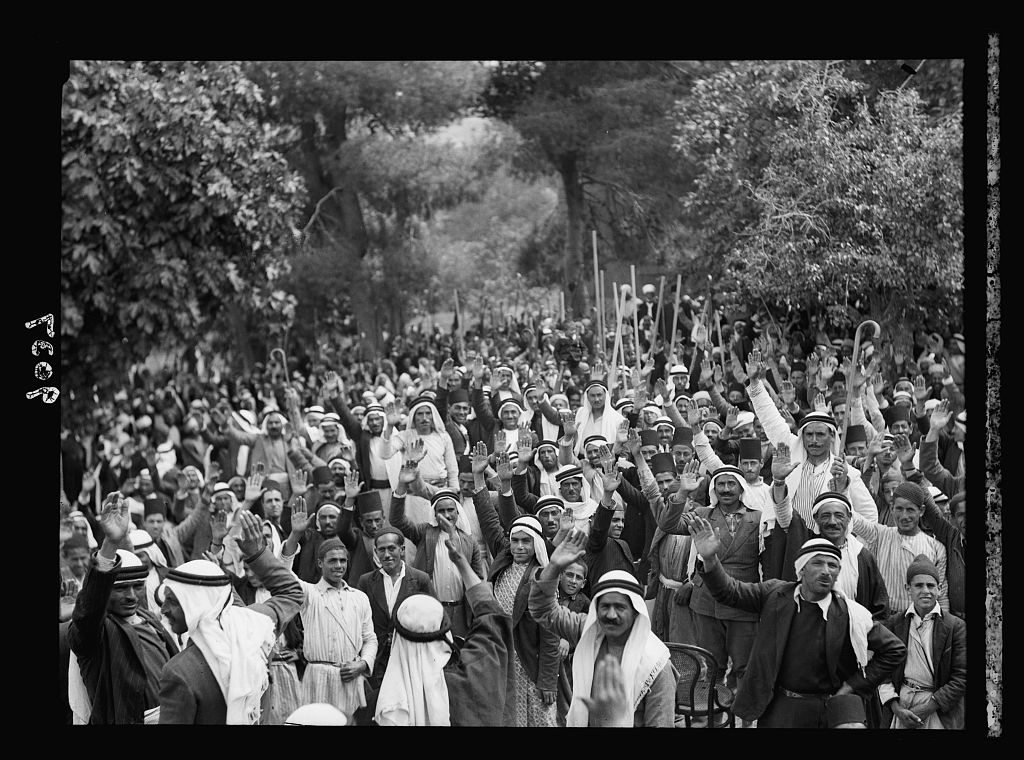
Historical image of meeting from Arab Revolt.
During a previous project taking place in Sicily, Timo became interested in strikes. In Sicily, striking takes on an interesting, active form; if the locals need a road, for example, they build a road even without formal authorisation. This ongoing research Timo is engaged with deals with Danilo Dolci’s anti-strikes in Sicily. These strikes, which started in Partinico, were a direct reaction against the local mafia, corrupt government officials and intense poverty in the area, Timo explains. Their research involving the Sicilian strikes then took Timo on to researching striking also in Palestine. The history of Palestine is based on oral reports and telling stories, so actual factual information is hard to find. It has proven to be especially difficult to discover information about what happened in Palestine before 1948, during the years of Mandatory Palestine, and what events led to what is known as ‘the great Arab revolt.’
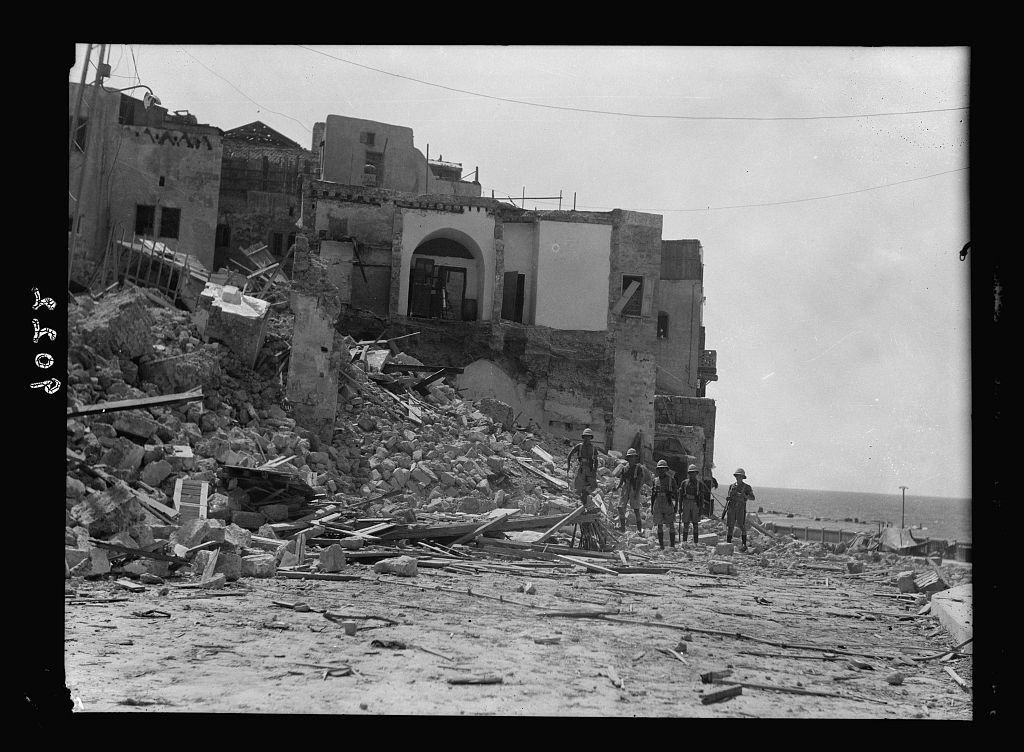
Historical image of British destroyed Jaffa.
According to the historical research materials that Timo was able to find detailing these events, the colonial British Mandate for Palestine involved control of the population by violence, including destroying entire villages, uprooting trees and pouring olive oil into grain silos. The British were also helping the Zionists to gain control by destroying the centre of the old port city of Jaffa. In order to pay high taxes, people were forced to take loans from banks, losing their land and possessions as a result. Ever since the 1920s, following the trend of the communist international and the Bolshevik revolution, there had been smaller strikes. The conflict between the British and the Ottoman Empire and a destructive earthquake in 1927 had resulted in poverty and hunger. Timo explained that in 1935 the British murdered an important freedom fighter called Izz ad-Din al-Qassam, after which the situation escalated quickly.
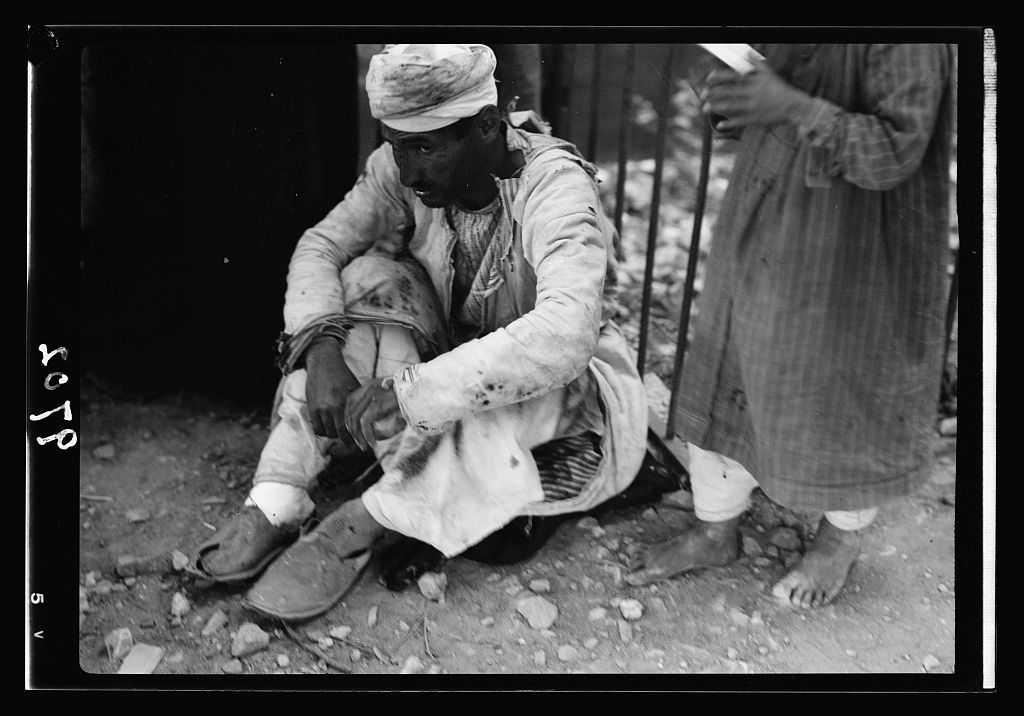
Historical image of Palestinian agricultural laborer injured during aterrorist attack on a bus.
After Syria became independent in 1935, around 900,000 people in Palestine revolted against the British and the Zionists by a strike known as ‘the great Arab revolt’ between the years 1936 and 1939. The strike was especially interesting since it encompassed all walks of the very hierarchical local society; everyone participated in the strike, which started as essentially a working-class revolution. Unfortunately, Timo has been able to uncover little information about the events before the strike and the strike itself: who started it, how did local governments deal with it? What is known by researches, and what was confirmed by the Director of the Institute of Palestinian studies Salim Tamari, is that there were independent Islamic courts in Palestine that held judiciaries for the people. In Ted Swedenburg’s book Memories of Revolt: The 1936–1939 Rebellion and the Palestinian National Past it is even stated by one of the persons interviewed that at one time the British possessed some archived records from the courts, but whether the archives have been destroyed remains still a mystery. As part of their research, Timo created slogans written in Arabic. Some of these slogans were copied from Sicilian texts and others were messages for the children playing football on the street, who would yell out the only English they knew, swear words, when they walked past.
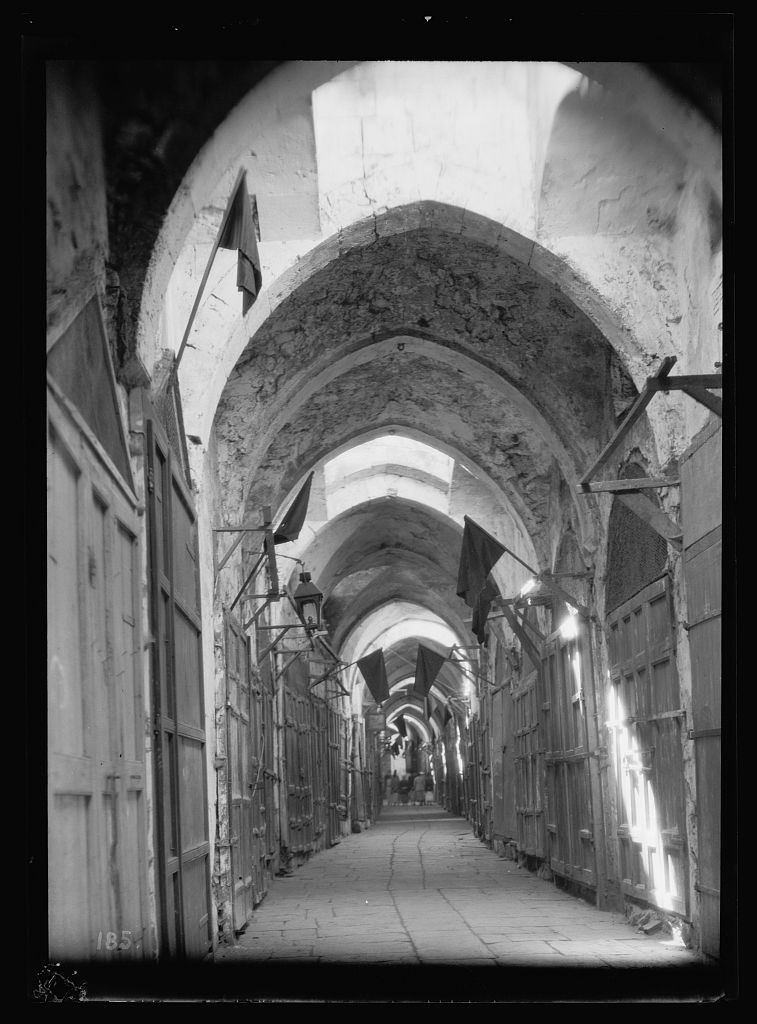
Historical image of Jerusalem during the strike.
The Fantasy of a Holy Land
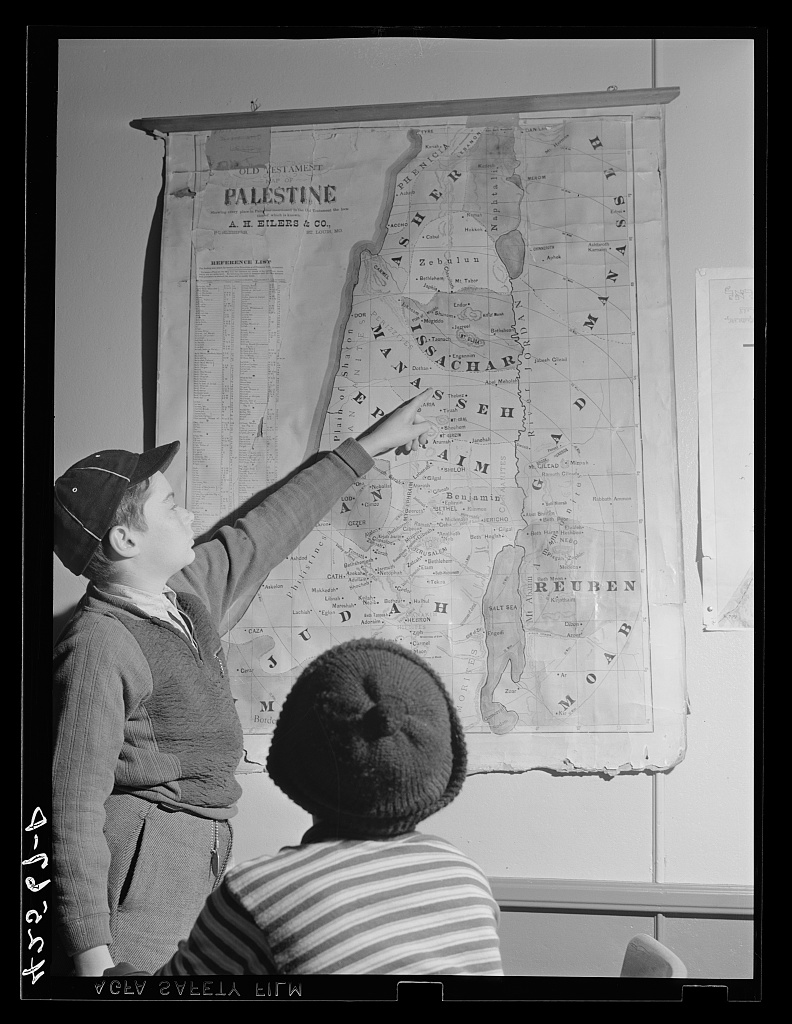
Historical image of a Zionist map of Palestine.
While researching the local history, Timo discovered archaeologists like Israel Finkelstein, Professor of Archaeology at Tel Aviv University, who confirmed what they already believed from their childhood spent in the area: while Western artists and tourists are interested in the area, religious thinking and its influence on culture makes it hard to care about the material history or even the current reality as a physical space. Their idea of Israel and Palestine is extremely fetishised. Instead of talking about the contemporary reality of the area – the Russian mafia in Israel, human trafficking, and weapon sales, or the double morality of available commercial training in IDF combat tactics – people complain about rubbish on the streets.
This realisation led Timo to their longstanding area of interest: the fantasy of a holy land. Growing up in a family of Christian missionaries, Timo has witnessed holy land tourism from a young age. They saw people arriving in Israel and being faced with disappointment; “This is not what I expected!”, a typical response to the reality, that Timo says can be dated just in Finnish literature back to the 1880’s. The ideas of a return (the return home for Palestinians, the return to Israel for Jews, and the return of the Messiah for Muslims, Jews and Christians alike) involve such charged, strong feelings clashing, resulting in what Timo calls a war of dreams. Timo is extremely interested in these unbalanced dreams and has conducted a lot of research in order to understand the situation better. While in Ramallah, and also later, they have tried to understand the local situation in a broader context, by reading Byzantine, Armenian, as well as Egyptian, and North as well as Central African histories.
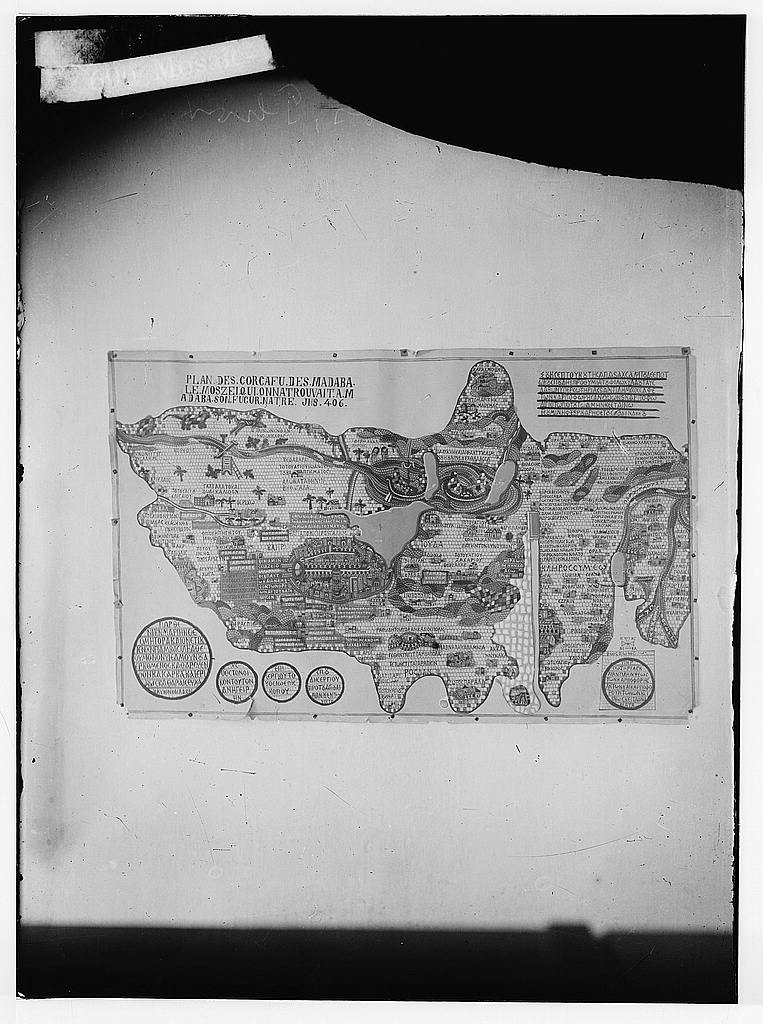
Historical image of a map of Byzantium, from Mabada, Jordan.
Imagining Geographies Through Online Games in Epistemic Dreaming
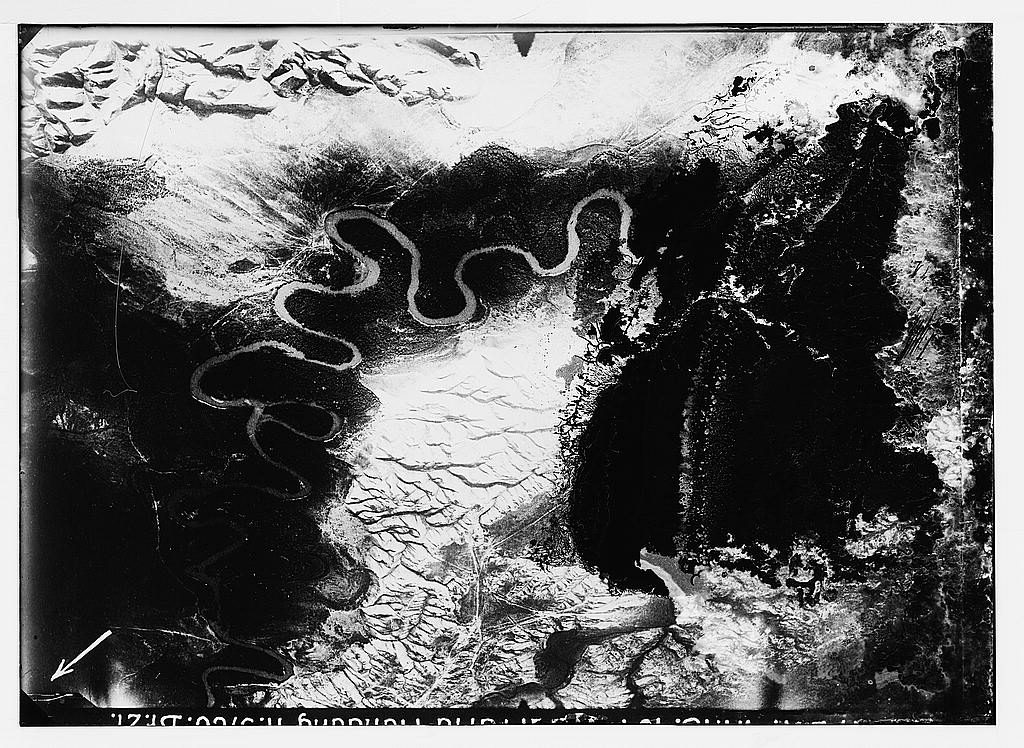
Historical aerial photograph of Palestine.
In the end, it is dreams that Timo is really interested in. How can we help our dreams develop? Is there a pedagogical way that could potentially help our dreams grow? Can dreams and dreaming be a methodology for knowledge? Inspired by these questions, and while wishing to find a way for their child to experience Ramallah, Timo started copying the buildings of the cityinto the game Minecraft. Inspired further by the use of Minecraft in town planning in the Wadi El Joz Community Garden of East Jerusalem, Timo built a geographical map of the historical Palestine by using Google Terra Data to create an online multiplayer world in Minecraft titled Epistemic Dreaming. “Epistemic Dreaming is an artwork that contemplates the act of dreaming and imagining real world geographies through the use of networked video-games so that the location is disconnected from its everyday situation,” Timo explains.

Image from building copied from Ramallah.
Timo is currently looking into places where Palestinians can play the game within the West-Bank and Gaza. The map inside the game has been created for Palestinians, but through the exhibition it will be available for anyone who wants to imagine the region as whole and without constraints, accumulating the actions and thoughts of the game’s users. The game also makes it possible for people to recognise real places and cross borders they are not able to cross in real life. Ideally, Timo would like Palestinian prisoners to be able to play the game, but for now that is looking unlikely. Internet cafés and schools have been interested, however.
Future Plans
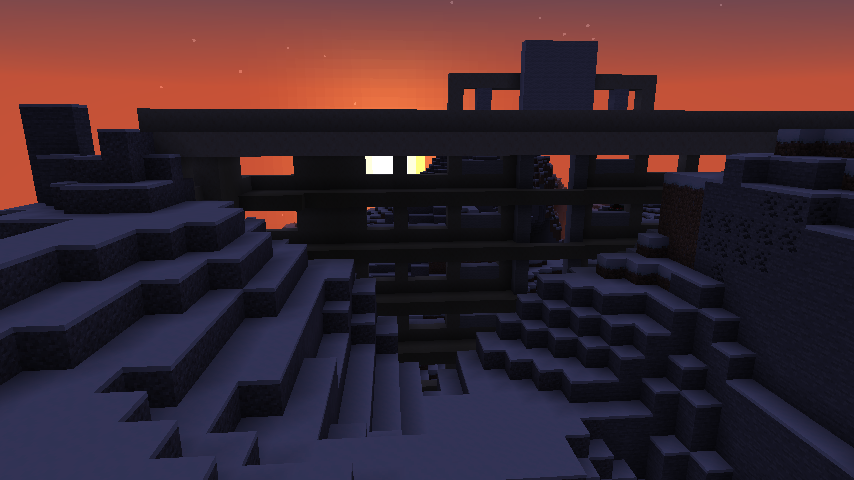
Image from the Epistemic Dreaming.
The group exhibition wrapping up Everyday Forms of Resistance will take place at the Ujazdowski Castle Centre for Contemporary Art in Warsaw in April 2020. It will include works by all six artist that took part in the project.
As for the future, Timo would be interested in doing another residency in Palestine. Also, a forest festival is being planned for 2020. In their project Sonic Independence, they have tried to teach trees to play music and through this to gain independence and the power to make their own decisions. The project is scheduled to end in 2099, so we will definitely be hearing more about that sooner or later. Even though Timo enjoys long-term planning when it comes to their projects, they have, as a result of spending time in Palestine, picked up more spontaneous working methods as well.
Based on an interview with Timo Tuhkanen on October 11th, 2019.
Photos provided by the artist.
Read more:
https://www.hiap.fi/collaboration/everyday-forms-of-resistance/
